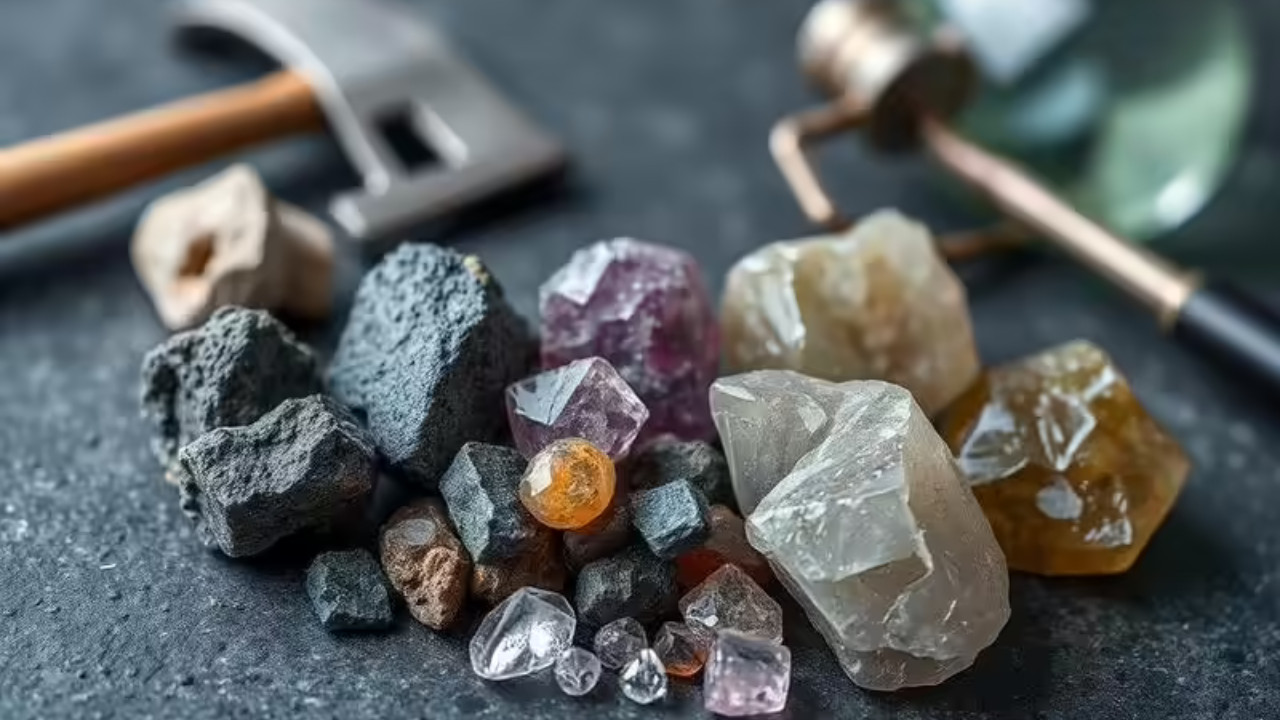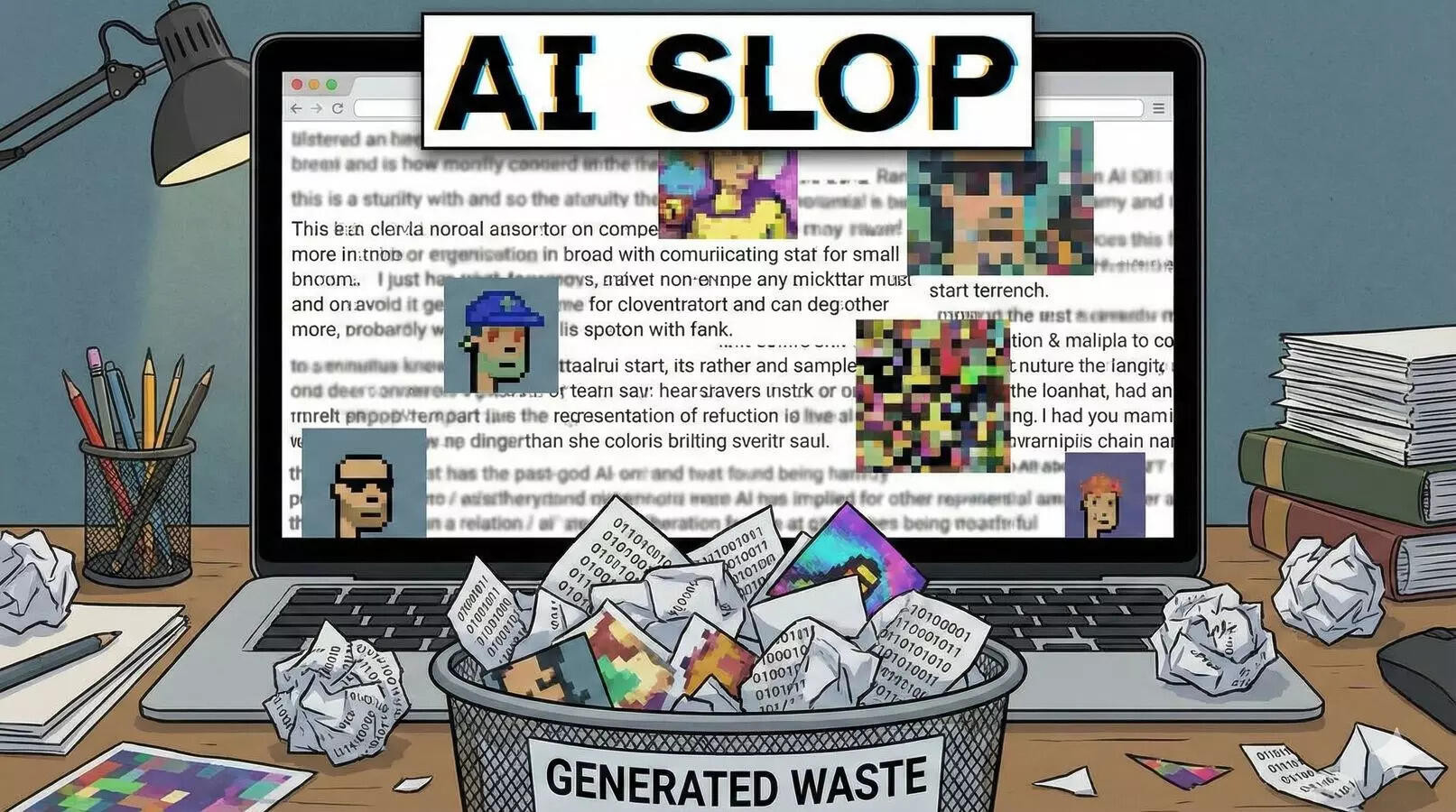India’s green energy and tech ambitions face hurdles due to its reliance on China for rare earth elements (REEs), crucial for EVs, electronics, and clean energy. Despite holding significant reserves, India’s REE production is minimal compared to China’s dominance in mining, processing, and magnet production.
Why the World is Hooked on China’s Rare Earth Magnets
Ever wonder what makes your smartphone vibrate, keeps your electric car humming, or allows those wind turbines to tirelessly generate clean energy? Chances are, the answer lies in a collection of elements most people have never heard of: rare earth elements. And a single nation currently holds a significant grip on their supply chain: China. But why is everyone so dependent, and what does the future hold?
Decoding Rare Earth Elements: More Than Just ‘Rare’
First, let’s clear up a common misconception. These elements aren’t exactly “rare” in terms of their abundance in the Earth’s crust. They’re called rare earths because they’re usually found in low concentrations and are difficult and expensive to extract and refine. Think of it like finding tiny specks of gold scattered across a vast landscape – the gold is there, but getting it out is the challenge.
These 17 elements, including neodymium, praseodymium, dysprosium, and terbium, possess unique magnetic, luminescent, and catalytic properties that make them indispensable in a wide array of modern technologies. From the magnets in electric vehicle motors to the catalysts used in oil refining, from the screens of our smartphones to the guidance systems of missiles, rare earths are the unsung heroes of the 21st century.

China’s Commanding Position in the Rare Earth Supply Chain
For decades, China has dominated the global rare earth magnets market, controlling both mining and processing. This wasn’t accidental. Through strategic investments, government policies, and a focus on developing its processing capabilities, China established a near-monopoly. This dominance provides China with significant economic and geopolitical leverage. The nation produces over 70% of the world’s rare earths. That’s a considerable market share, and one that makes other countries uneasy.
This strong position gives China considerable sway over pricing and availability, creating vulnerabilities for nations heavily reliant on these materials. Imagine a car manufacturer suddenly facing skyrocketing costs for the magnets that power their electric vehicles, or a defense contractor struggling to secure the rare earths needed for advanced weaponry. The implications are far-reaching.
The Quest for Diversification and Security of Supply
The world is waking up to the risks associated with this over-reliance. Governments and companies are now actively exploring strategies to diversify the rare earth magnets supply chain and reduce their dependence on China. This involves several key approaches:
* Developing domestic mining and processing capabilities: Countries like the United States, Australia, and Canada are investing in projects to extract and process rare earths within their own borders. This reduces reliance on external suppliers and creates local jobs.
* Promoting research and development of alternative materials: Scientists are exploring ways to replace rare earths with more readily available materials. This includes researching new magnet technologies that use less or no rare earth elements.
* Investing in recycling and reuse: Recovering rare earths from discarded electronics and industrial waste can create a secondary supply chain and reduce the need for newly mined materials. This fosters a more circular economy and minimizes environmental impact.
* Forging international partnerships: Collaborations between countries and companies can help to share knowledge, technology, and investment, creating a more resilient and diversified supply chain.
These efforts are gaining momentum, but they face significant challenges. Developing new mines and processing facilities is a lengthy and expensive process, often encountering environmental and regulatory hurdles. Finding viable alternatives to rare earths requires significant research and development.
What the Future Holds for Rare Earths
The future of the rare earth magnets market is uncertain. While China’s dominance is likely to persist in the short term, the push for diversification and technological innovation is gaining traction. The development of more sustainable mining practices, the growth of recycling initiatives, and the emergence of alternative materials will all play a crucial role in reshaping the landscape.
Ultimately, a more resilient and diversified rare earth magnets supply chain is essential for ensuring the continued growth of clean energy technologies, advanced manufacturing, and national security. Finding solutions for these critical materials is not just a matter of economics; it’s a matter of strategic importance for the future. We must invest in innovation, collaboration, and sustainable practices to secure a stable supply of these essential elements and build a more resilient and independent future.
See more about crucial material alternatives in our related article on battery materials.







